Beyond the Hype: My Pro Chef’s Guide to Low-Carb Swaps That Don’t Suck
In my years working in professional kitchens, I’ve seen countless food fads come and go. But one that’s proven to have serious staying power is low-carb cooking. Honestly, it’s less of a trend and more of a genuine lifestyle for a lot of people managing their health.
In this article
When I first started getting requests for low-carb meals, it threw me for a loop. As a chef, you’re taught to build flavor on a solid foundation of starches—potatoes, rice, pasta. Taking those away felt like someone had hidden my best knives. But it was a blessing in disguise. It forced me to get creative, to dig into the science of food, and to figure out what really makes these ingredients tick.
So, let’s be clear. This guide isn’t here to push any particular diet. I’m a chef, not a doctor, so you should always chat with a pro before making big dietary changes. My job is to take the guesswork out of it and share the practical, hands-on techniques that actually work in a real kitchen. We’re going to skip the fantasy that a vegetable can perfectly mimic a potato. Instead, we’ll focus on making that vegetable delicious in its own right.

Why Most Low-Carb Swaps Fail (and How to Make Yours Work)
Before you even pick up a knife, you have to understand what you’re asking these vegetables to do. Starches like rice and potatoes do three things really well: they add bulk to make you feel full, they carry sauce with their neutral flavor, and they provide a specific, satisfying texture—fluffy, creamy, or chewy.
Low-carb veggies, on the other hand, are mostly just fiber and water. And that water is your main enemy. If you just boil some cauliflower and mash it, you get a sad, watery soup. The secret to a successful swap is all about managing that water content while building back texture and flavor.
Let’s be real with ourselves. Zucchini noodles will never have the exact chewy bite of real spaghetti. But can they be an incredible vehicle for a rich, meaty bolognese? Absolutely, if you treat them right. Think of these as entirely new dishes, not just sad copies of your old favorites.
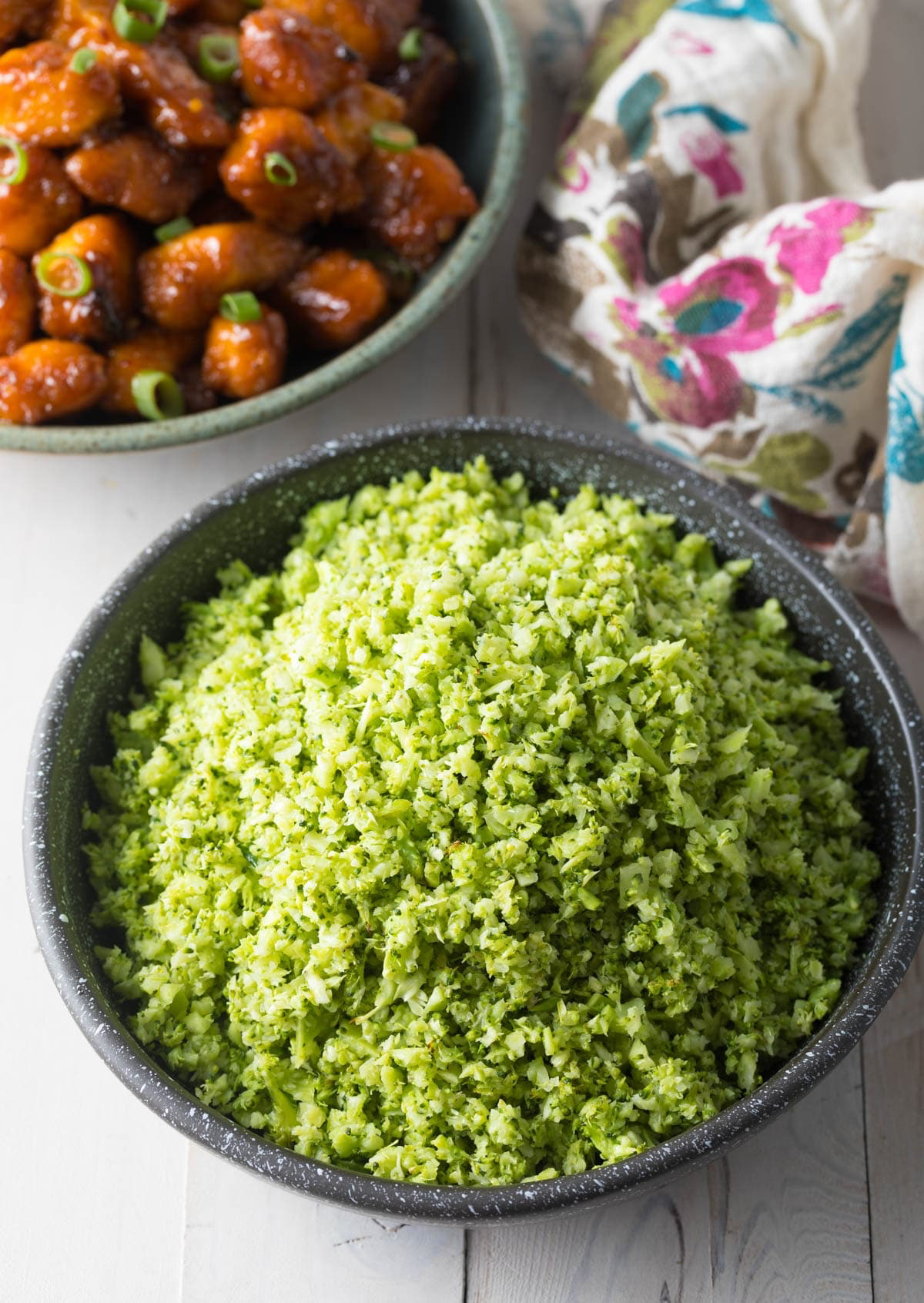
The Workhorse: Nailing Your Cauliflower Base
Cauliflower is the king of the low-carb world for a reason. It’s mild-mannered and doesn’t fight with other flavors. But its high water content is its Achilles’ heel. Every single great cauliflower recipe starts by tackling that water head-on.
Technique: Dry, Fluffy Cauliflower Rice
Prep-to-Plate Time: About 20 minutes
Soggy cauliflower rice is the absolute worst. It happens when you throw wet, freshly grated cauliflower into a hot pan, causing it to steam into a mushy mess instead of sautéing. Here’s the foolproof method we perfected in the restaurant to get a fluffy, grain-like result every time.
1. Get the Right Stuff: Start with a fresh, firm head of cauliflower, which you can usually grab for $3 to $5. It should feel heavy for its size with no brown spots. An older, softer head is already waterlogged, so skip it.
2. Break It Down: A food processor with the grating blade is the fastest way to get uniform, rice-like bits. Just a few pulses will do it—any more and you’ll have paste. No food processor? A simple box grater works just as well. Use the medium holes for great texture. A typical medium head will yield about 4 cups of
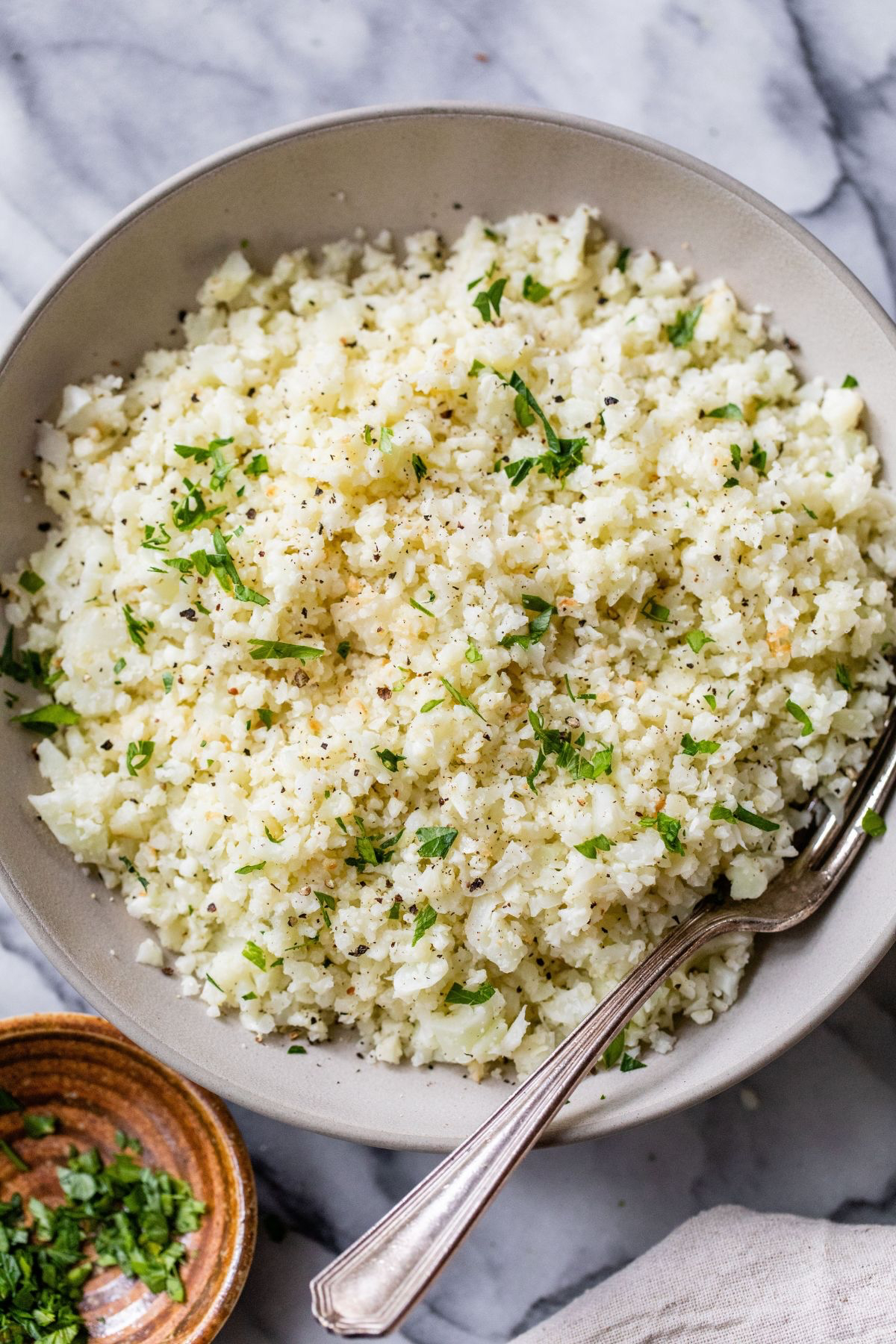
Inspiration:
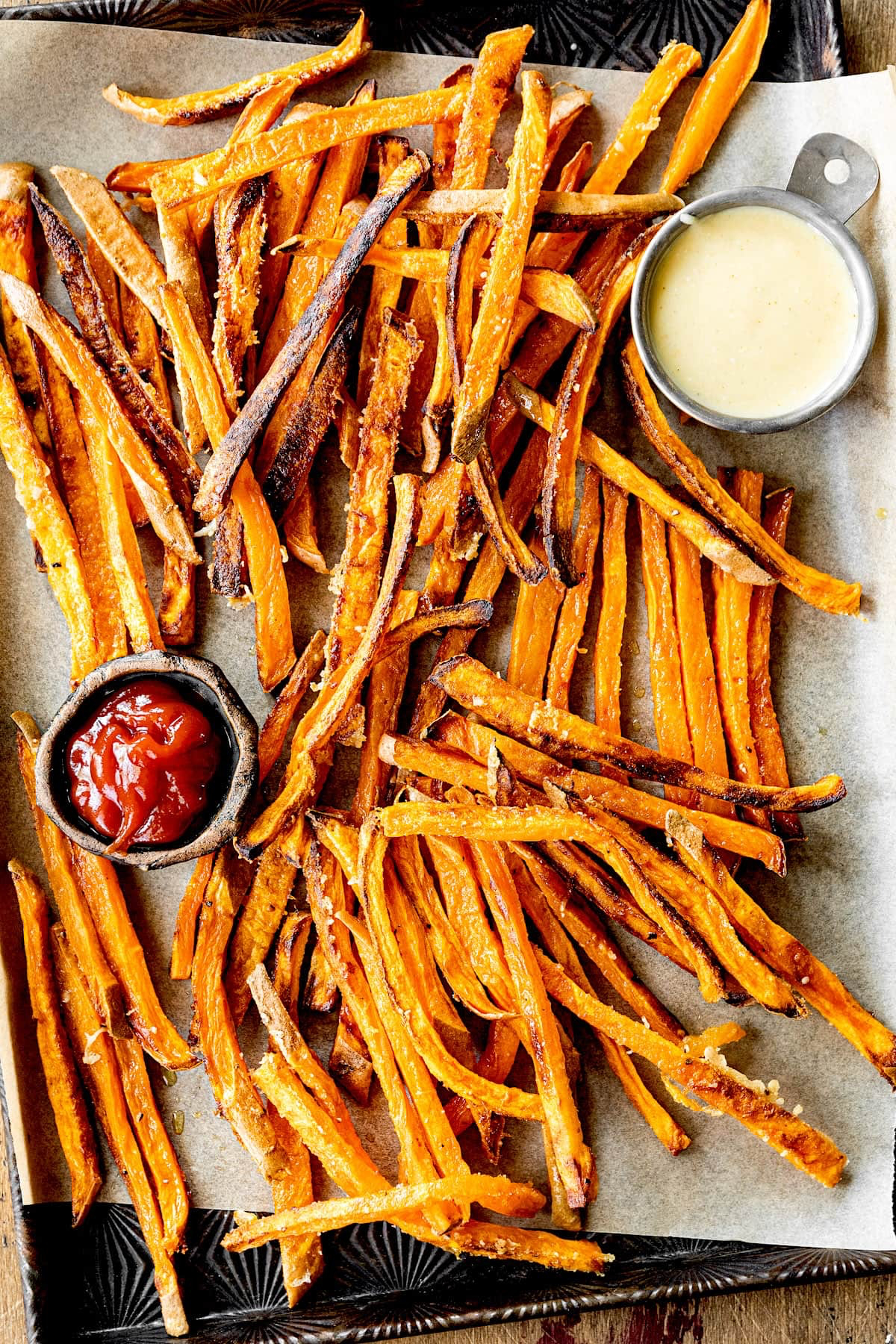
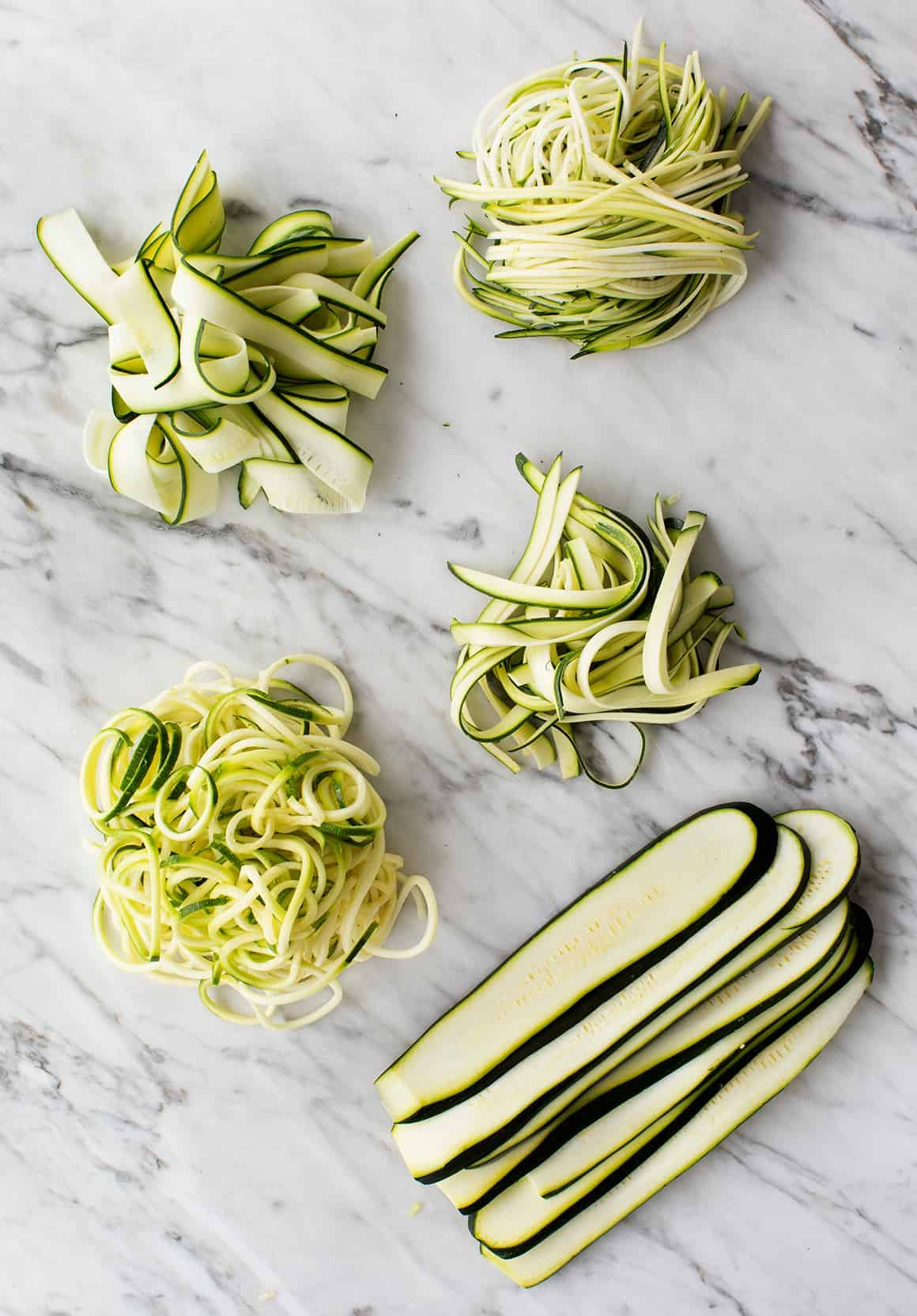
The Maillard reaction, the chemical process responsible for the delicious browning on a seared steak, also occurs in vegetables. It only begins above 285°F (140°C), which is why roasting vegetables instead of boiling them is key to developing deep, satisfying flavor.
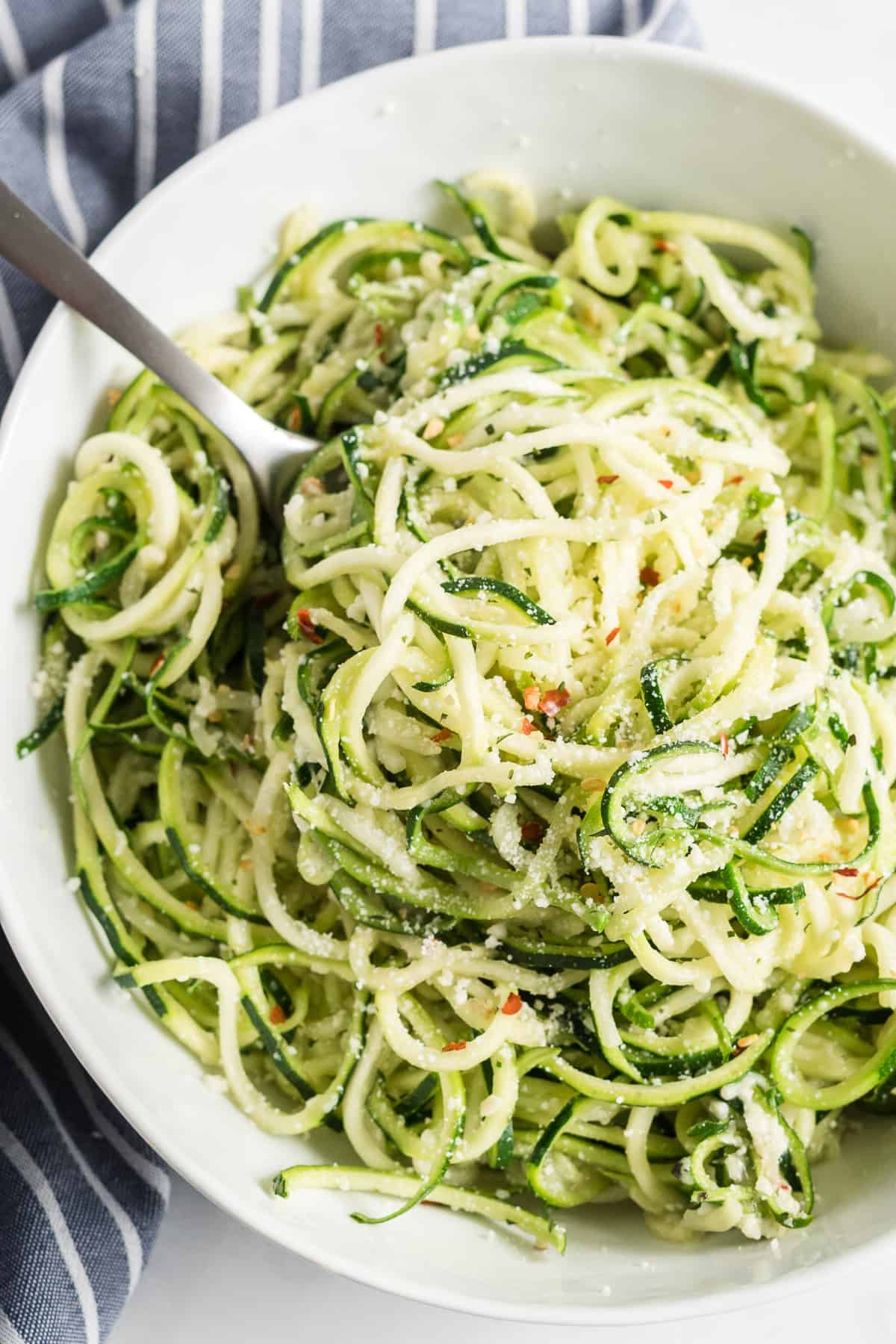
Beyond the spiralizer, two pieces of equipment are non-negotiable for serious low-carb cooking. First, a high-powered blender, like a Vitamix or Ninja, is essential for creating truly silky cauliflower purées or creamy soups without a gritty texture. Second, a food processor, such as a Cuisinart, makes quick work of ricing vegetables, mixing low-carb doughs, or creating textured bases like broccoli-cheddar tots.
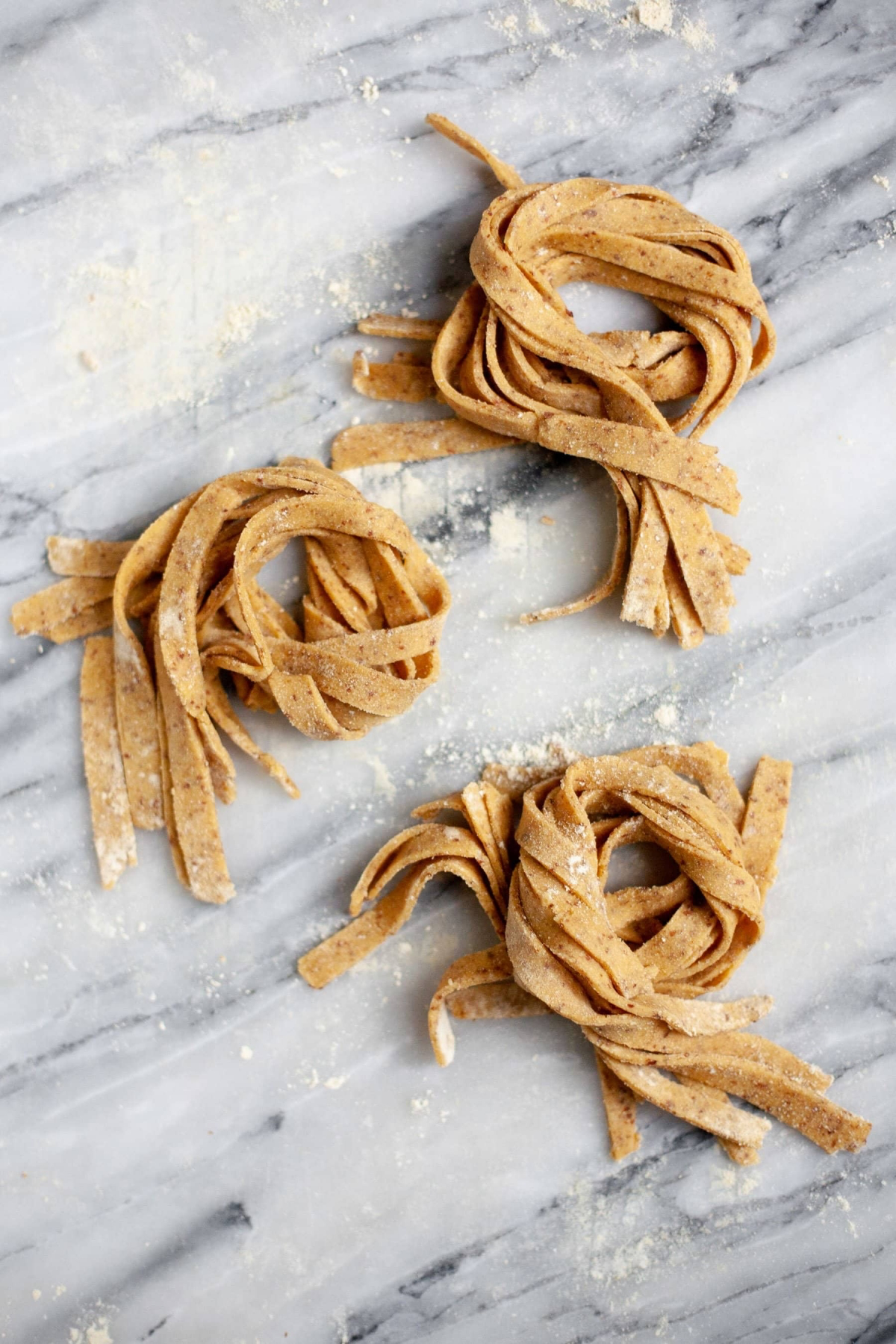
My low-carb breads and muffins are always so dense. What am I doing wrong?
You’re fighting a battle against physics! Wheat flour gets its light, airy structure from gluten. Low-carb flours like almond and coconut have zero gluten. The fix is to add a binder that mimics its effect. A teaspoon of xanthan gum or a tablespoon of psyllium husk powder (Bob’s Red Mill makes excellent versions of both) per cup of flour will help trap air and provide the structure you’re missing, resulting in a much better crumb.
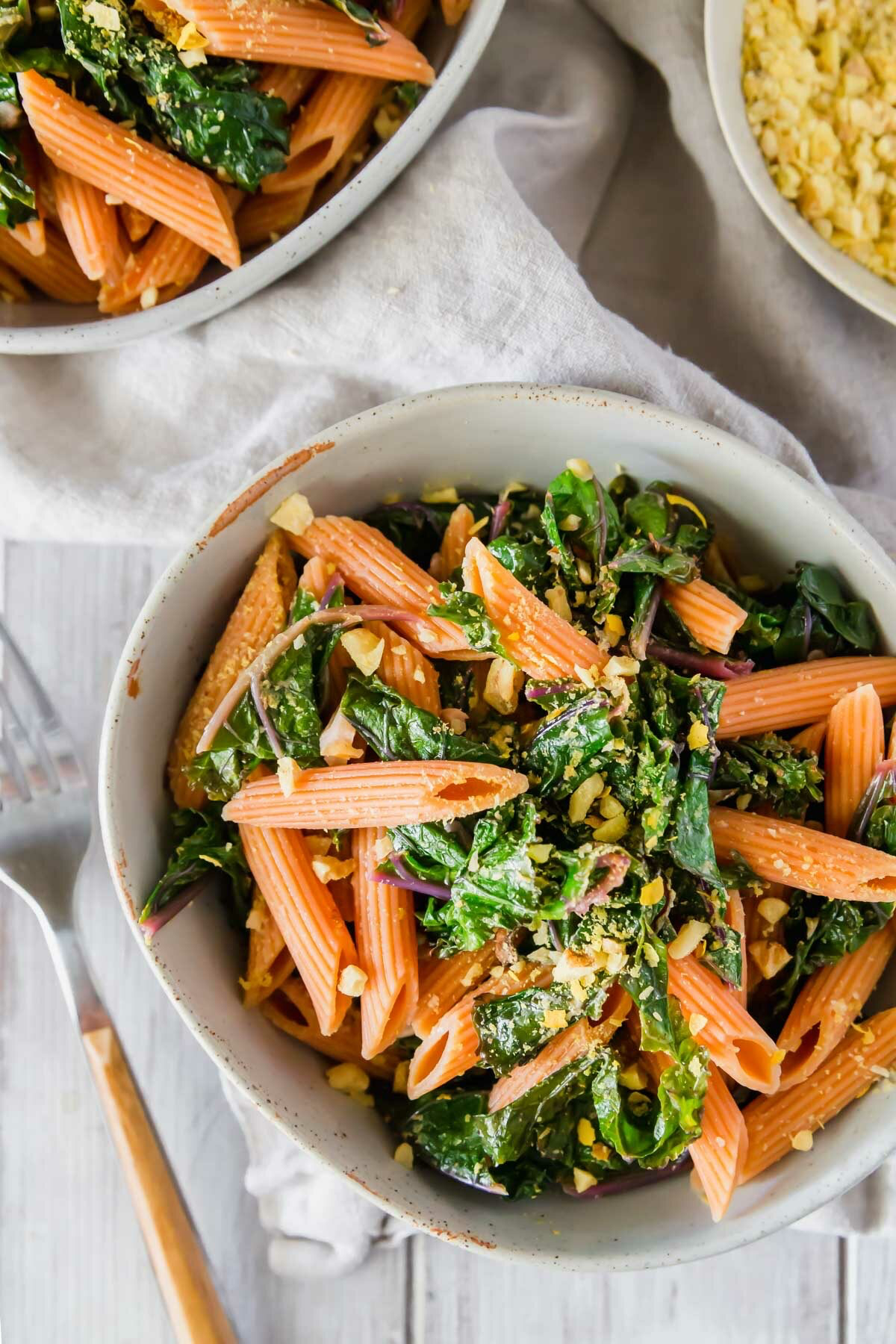
- A satisfying, rich sauce that clings perfectly to your zoodles.
- A hearty, flavorful base for a low-carb shepherd’s pie.
The secret? Don’t be afraid of fat. Many people cutting carbs mistakenly also cut fat, resulting in bland, watery dishes. Healthy fats like olive oil, avocado, butter, and cream are not just for calories; they are the primary carriers of flavor and create a satisfying mouthfeel that makes you forget the starch is even missing.
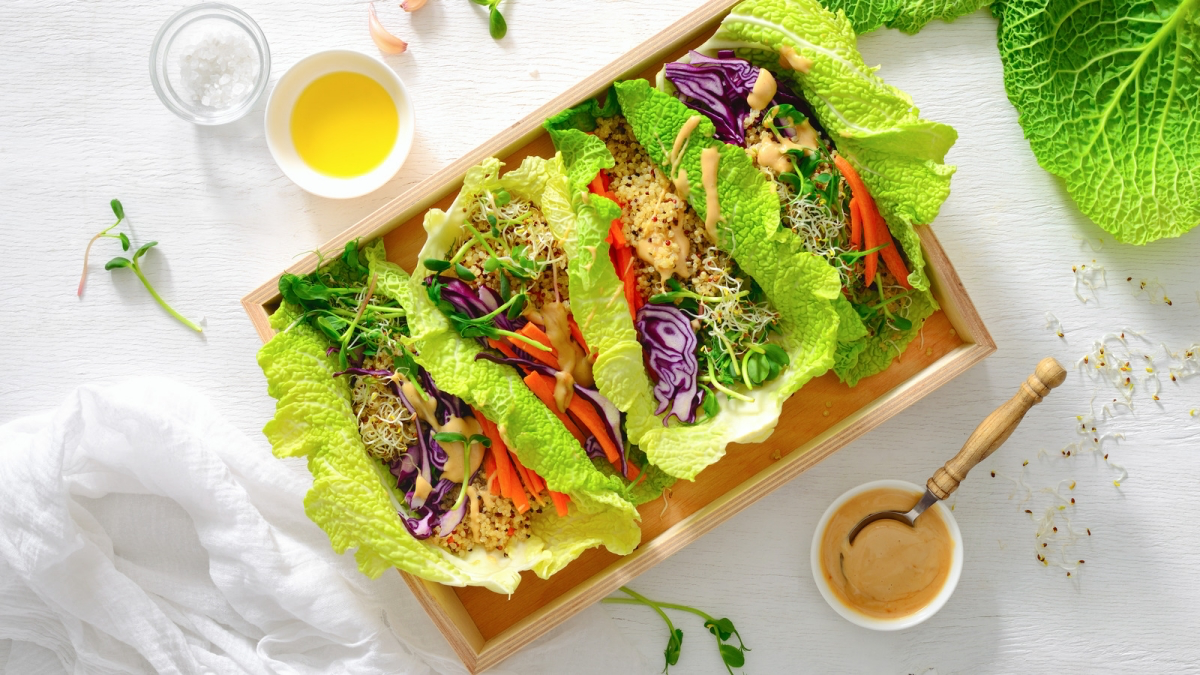
Erythritol: This sugar alcohol, found in brands like Swerve, bakes and measures almost exactly like sugar, making it an easy substitute. Its main quirk is a slight ‘cooling’ sensation on the tongue, which is more noticeable in things like puddings or frostings.
Monk Fruit: A natural sweetener that’s much more concentrated than sugar and has zero aftertaste for most people. It excels in drinks and sauces but can be tricky to use in baking unless it’s part of a blend specifically formulated for it.
For the best of both worlds, many pro chefs use a blend of the two to balance out the sweetness profile and minimize any potential aftertaste.
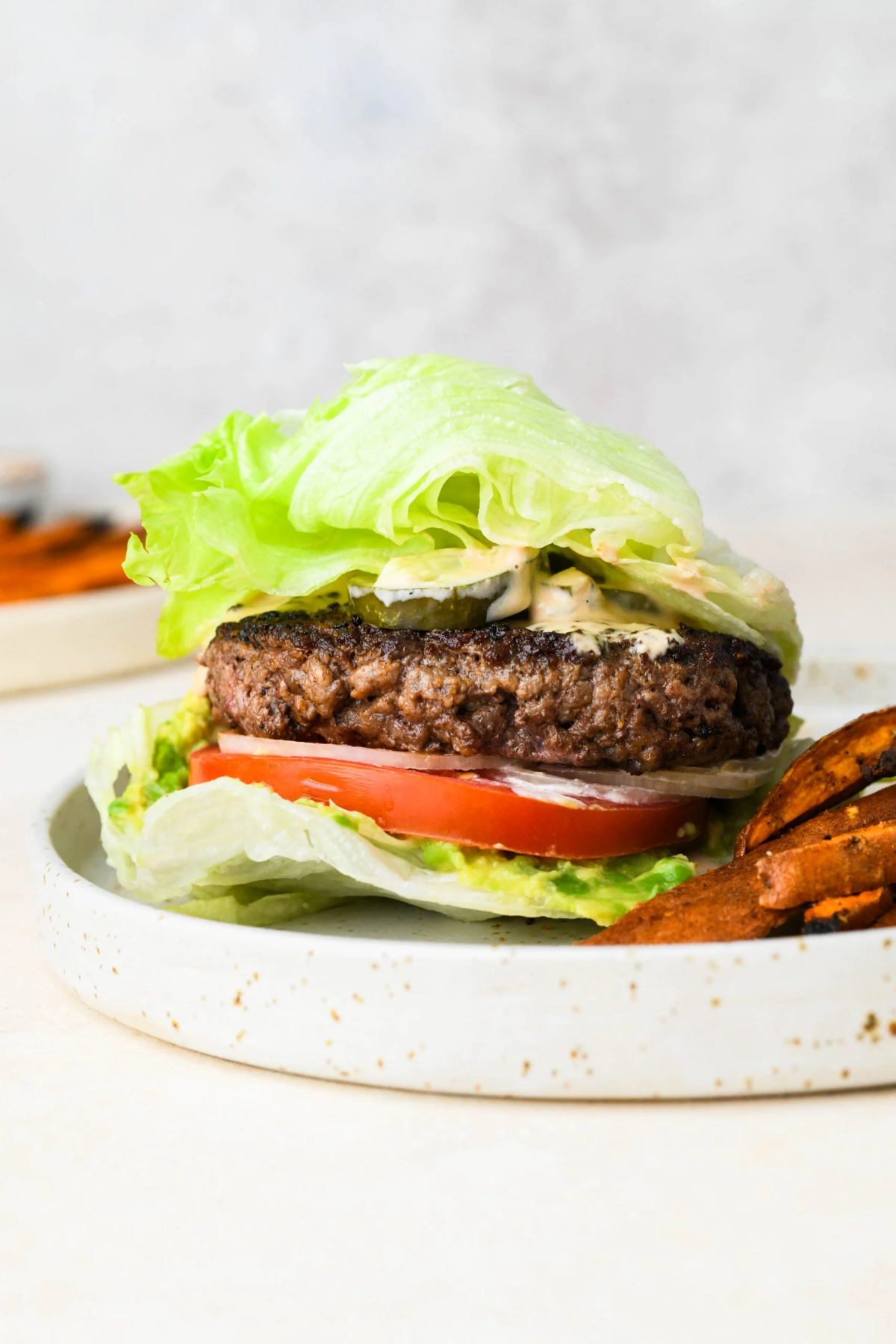
Struggling for inspiration? Look to Thai cuisine. Many classic Thai dishes are naturally low-carb or easily adapted. A traditional ‘Larb Gai’ (spicy chicken salad) served in crisp lettuce cups instead of with sticky rice is packed with flavor from lime, chili, and fish sauce. The focus on fresh herbs, lean protein, and bold spices provides immense satisfaction without relying on a starchy base.

A 2023 market report revealed that over 40% of consumers are actively trying to reduce their sugar intake.
This consumer shift is why your local grocery store’s shelves look different. It’s no longer a niche market. You can now find excellent low-carb pasta sauces from brands like Rao’s Homemade, keto-friendly bread from companies like Carbonaut, and even satisfying sweet treats from HighKey, making this lifestyle more accessible and convenient than ever.

How a dish looks dramatically impacts how we perceive its taste. Since many low-carb swaps can result in a sea of beige or green, mastering plating is key to making your meals more appealing.
- Contrast is King: Top a creamy, pale cauliflower mash with a sprinkle of vibrant green chives and a dash of smoky paprika. The color contrast makes the dish instantly more appetizing.
- Add Texture: A smooth zucchini noodle dish can feel one-note. Finish it with toasted pine nuts or crispy prosciutto for a visual and textural crunch.
- Think in Layers: Instead of mixing everything together, layer your components. Place your grilled chicken next to your roasted vegetables, not just on top, to showcase each element.
A common pitfall: Under-salting your vegetable swaps. Remember, pasta and rice are typically cooked in salted water, seasoning them from the inside out. When you swap in zucchini noodles or cauliflower rice, you’re starting with a blank, unsalted slate. Be more aggressive with your seasoning than you think you need to be, and salt the ‘noodles’ or ‘rice’ directly during the cooking process to build a proper flavor foundation.










